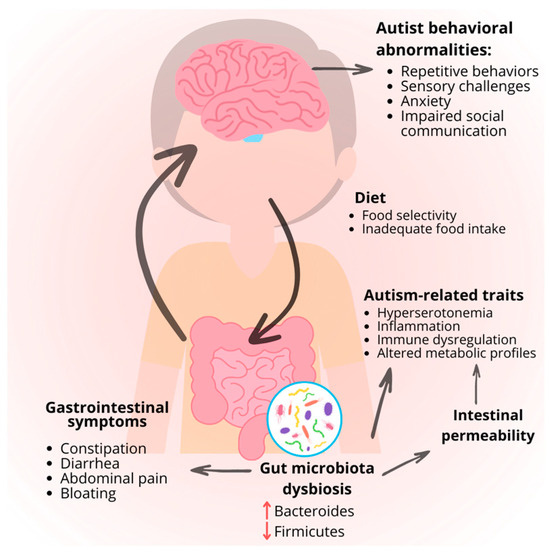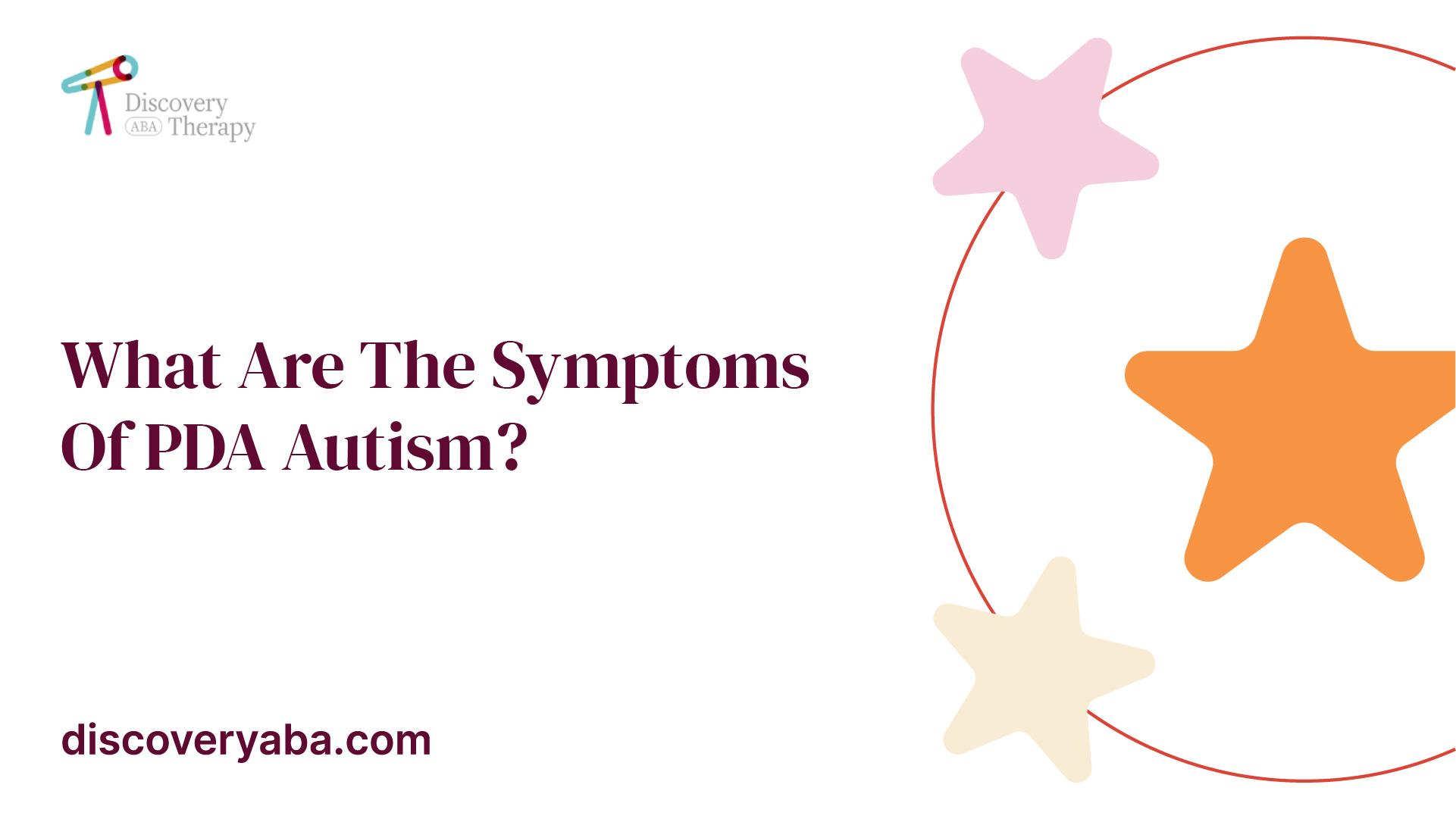What happens when working with an Autism Behavioral Therapy program plan
What happens when working with an Autism Behavioral Therapy program plan
Blog Article
Recognizing the Influence of Behavioral Autism on Daily Life and Social Interactions
You may not realize just how deeply behavior autism influences every day life and social interactions. Individuals on the range often navigate a world loaded with communication obstacles and sensory overload. These challenges can bring about stress and isolation, affecting their partnerships and general health. Understanding these subtleties is essential for promoting supportive atmospheres. What methods can we apply to develop more meaningful connections and inclusive rooms? The answers could surprise you.
Specifying Behavior Autism and Its Attributes
Behavior autism, frequently referred to as autism range problem (ASD), incorporates a variety of problems characterized by difficulties in social interaction, communication, and recurring actions. You might discover that individuals with ASD commonly have a hard time to translate social cues, which can lead to misunderstandings in conversations. They may find it hard to develop eye get in touch with or take part in tiny talk, making social circumstances really feel frustrating.
Interaction problems can manifest in different means, from delayed speech development to a preference for using less words. Recurring habits, such as hand-flapping or rocking, can act as coping mechanisms to take care of stress and anxiety or sensory overload. These features can profoundly impact life, making it important for you to recognize and sustain those with ASD. By identifying these attributes, you can cultivate an atmosphere that promotes approval and urges efficient communication, assisting people with autism thrive in their everyday communications.
The Spectrum of Autism: Comprehending Irregularity in Habits
Autism range disorder (ASD) isn't a one-size-fits-all medical diagnosis; it differs widely amongst individuals. You could notice that some people with ASD exhibit moderate signs, while others might encounter more significant obstacles. This irregularity can show up in actions, rate of interests, and sensory sensitivities. You might come across individuals who are very verbal and involve quickly in conversations, while others might favor singular activities or communicate non-verbally.
Additionally, the method individuals with ASD react to sensory input can vary significantly; some may be bewildered by intense lights or loud noises, whereas others thrive in stimulating settings. The spectrum likewise includes distinctions in social communications; some individuals may have a hard time to analyze social cues, while others browse social settings with family member ease. Comprehending this irregularity is vital, as it aids you appreciate each individual's one-of-a-kind experience and tailor assistance to their particular needs, fostering an extra inclusive setting for everyone.
Interaction Obstacles Encountered by Individuals With Autism
When you communicate with individuals on the autism spectrum, you may notice their distinct communication difficulties. They typically encounter problems with both verbal and nonverbal hints, which can influence their social communications. Comprehending these obstacles is important for fostering much better connections and assistance.

Verbal Interaction Difficulties
Lots of people on the autism spectrum experience spoken communication difficulties that can substantially affect their day-to-day interactions. You might discover it challenging to reveal your thoughts, sensations, or needs plainly. This can cause aggravation for both you and those around you, as misunderstandings happen. You may deal with starting discussions, keeping a subject, or recognizing nuances in speech. Frequently, you might favor using simple language or recurring expressions, which can restrict your capability to participate in much deeper discussions. Your quantity, tone, or speed might not straighten with social assumptions, causing others to misinterpret your intentions. Identifying these difficulties can aid you and your support network develop approaches to boost communication and cultivate far better connections with others in your life.
Nonverbal Communication Obstacles
Verbal interaction isn't the only obstacle individuals on the autism spectrum face; nonverbal interaction barriers can be simply as considerable. You may locate it challenging to analyze body movement, facial expressions, and eye contact, which are important for reliable communication. These difficulties can lead to misconceptions or misconceptions of social hints, making communications really feel frustrating or complex. You might struggle to express your own emotions through nonverbal means, leaving others unclear of your sensations or intents. This disconnect can create sensations of isolation and stress. Identifying these obstacles is crucial for promoting understanding and empathy in your interactions. By dealing with nonverbal communication, you can discover strategies to improve your social experiences and enhance your overall lifestyle.
Social Communication Influences
Social interactions can usually really feel frustrating as a result of the unique interaction obstacles encountered by individuals with autism. You could struggle with analyzing social cues, making it difficult to comprehend sarcasm or body language. This can lead to misunderstandings or uncomfortable moments in conversations. Additionally, starting and maintaining conversations may really feel tough, creating anxiety in social scenarios. You may prefer structured atmospheres, making spontaneous communications uncomfortable. It's likewise common to experience problem in participating in small talk, which can hinder creating brand-new relationships. Identifying these difficulties can aid you discover strategies to boost communication, such as practicing social abilities in safe setups or making use of visual aids - Autism Spectrum Therapies. Recognizing your needs permits discover here you to navigate social interactions with higher self-confidence and ease.
Social Communication and Connection Building in Autism
While structure relationships can be testing for individuals with autism, recognizing their distinct point of views and interaction designs can cultivate purposeful connections. You could notice that many individuals on the spectrum choose straight interaction and may have problem with social hints or tiny talk. By being simple in your interactions, you can help create a setting where they feel comfortable.
Engaging in shared passions can also serve as a bridge to much deeper connections. Whether it's a hobby, a preferred show, or a common enthusiasm, these common threads can open up doors to relationship.
Every Day Life Routine: Navigating Difficulties and Techniques
Maneuvering day-to-day live routines can be particularly challenging for individuals with autism, especially when unexpected modifications take place. You may discover comfort in having an organized schedule, as it helps you expect what's following. When interruptions happen, it's regular to really feel nervous or overwhelmed. To browse these difficulties, consider carrying out aesthetic schedules or lists. These devices can supply clearness and confidence.
Establishing a routine that consists of sensory breaks check it out can also be advantageous. You can intend time-outs throughout your day to recharge. It's vital to connect with those around you, allowing them understand your preferences and needs. This assists create an understanding atmosphere.
Finally, method mindfulness strategies to handle tension and stress and anxiety. Straightforward breathing exercises or basing methods can make a significant distinction. By including these strategies, you can enhance your day-to-day regimen and minimize disruptions, making life feel a lot more workable.
Strengths and Capacities of Individuals on the Autism Range
Understanding day-to-day life routines is simply one element of the autism experience. Lots of people on the autism range possess amazing toughness and capabilities that set them apart. You may find that your attention to detail is exceptional, allowing you to master jobs that require precision and focus. Your ability to think outside package can lead to innovative options in various scenarios.
Additionally, your memory abilities usually beam, specifically in locations of passion. Autism Spectrum Therapies. This flair for retaining details can make you an important source in fields like art, science, or technology. You may likewise display strong aesthetic thinking, allowing you to picture intricate concepts and resolve issues creatively
In addition, your one-of-a-kind perspective on the globe can promote compassion and understanding in others, enriching social interactions. Embracing these staminas not only increases your confidence however also assists others you can look here value the diverse skills you give the table.
Developing Comprehensive Environments for Individuals With Autism
Creating comprehensive settings for people with autism begins with creating sensory-friendly rooms that deal with their distinct requirements. You can additionally cultivate opportunities for social interaction, aiding to build friendships and connections. By making these modifications, you'll add to a more inviting environment for everybody.
Creating Sensory-Friendly Spaces
While designing sensory-friendly spaces, it's crucial to mirror on the unique needs of people with autism. Include silent areas where people can pull away and recharge when overwhelmed. Include aesthetic timetables or clear signs to assist people navigate the space confidently.
Promoting Social Communication Opportunities
Designing sensory-friendly rooms not just addresses private comfort but additionally sets the stage for purposeful social communications among individuals with autism. Motivate peer mentoring, coupling individuals with autism with encouraging peers that can assist them through social situations. By implementing these methods, you can enhance social possibilities, aiding individuals with autism construct friendships and reinforce their social abilities in a safe, welcoming environment.

Frequently Asked Concerns
How Can Buddies Assistance Somebody With Behavioral Autism?
You can support a pal with behavioral autism by being person, paying attention proactively, and appreciating their limits. Participate in tasks they take pleasure in, communicate honestly, and develop a comfortable environment where they feel valued and recognized.
What Resources Are Offered for Parents of Kid With Autism?
You can discover various resources for moms and dads of youngsters with autism, including support system, educational sites, and regional social work. Getting in touch with various other parents can also give beneficial insights and shared experiences to aid navigate challenges.
Can Behavioral Autism Modification Over Time?

Yes, behavior autism can change gradually. You might discover shifts in communication, social abilities, and behavior as your youngster expands. Early intervention and support typically play essential functions in these developing modifications.
Just How Do Sensory Level Of Sensitivities Impact Daily Life?
Sensory sensitivities can make day-to-day experiences overwhelming. You may struggle with loud noises or bright lights, causing anxiety or avoidance. Locating settings that accommodate your needs can significantly boost your comfort and general life.
What Are Usual Misconceptions Concerning Behavioral Autism?
You might think behavior autism only impacts interaction abilities, however it's even more complex. Many assume individuals lack compassion or intelligence, which isn't real. Comprehending these false impressions aids foster approval and assistance for those on the range.
Behavior autism, typically referred to as autism spectrum condition (ASD), includes a range of conditions defined by obstacles in social communication, communication, and repeated habits.Social communications can frequently really feel frustrating due to the one-of-a-kind interaction obstacles encountered by people with autism.Designing sensory-friendly areas not just addresses private comfort but also establishes the phase for meaningful social interactions amongst individuals with autism. Motivate peer mentoring, combining individuals with autism with encouraging peers that can lead them through social scenarios. By carrying out these strategies, you can improve social opportunities, aiding individuals with autism develop relationships and strengthen their social skills in a safe, welcoming environment.
Report this page